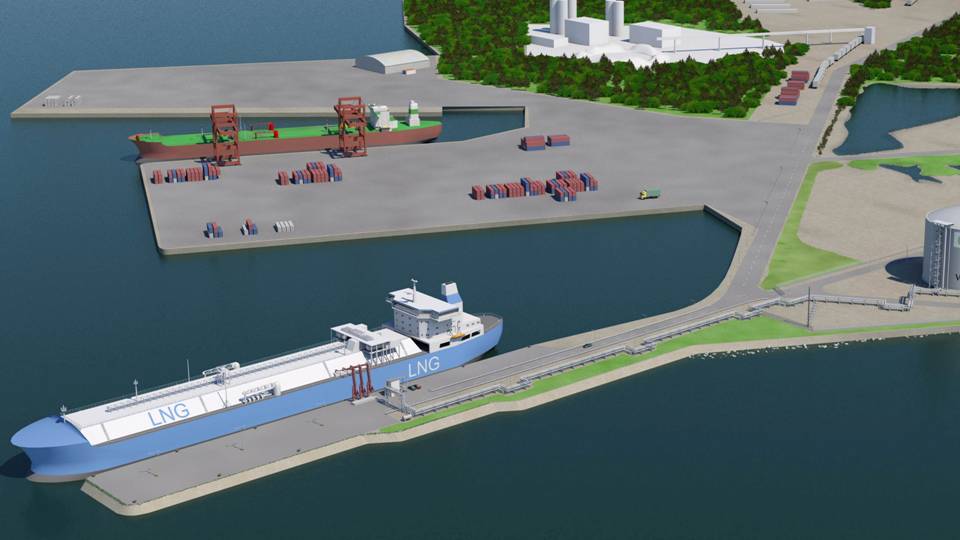Elengy Terminal Pakistan Limited (ETPL), in collaboration with Shell and Fatima Group, plans to construct another terminal at Port Qasim with a capacity to regasify up to 600 mmscfd.
This was announced during a recent news briefing at the terminal by EETL CEO Jahangir Paracha. He said that the existing terminal is set to achieve a milestone with the receipt of its 100th LNG tanker.
According to Paracha, this was an unthinkable scenario just a few years ago because, despite the LNG policy being enacted in 2006, there had been no practical move to develop the LNG ecosystem. This changed with the launch of the 100% self-financed Engro Elengy Terminal in 2015.
Following successful operation of more than two and a half years, Pakistan’s first and the only LNG import infrastructure has been a virtual natural gas lifeline for the country. With a capacity to inject 600 mmscfd Regasified Liquefied Natural Gas (RLNG) in the system, Engro terminal emerges as the biggest gas source in Pakistan.
As learnt from the news briefing, the terminal has already handled 6.1 million tons of LNG since its commissioning through 100 shipments, thereby bridging the national natural gas deficit by 20-25 per cent in the process. The efficient operation of the terminal is the key to accelerating national energy independence and economic revival. The terminal is providing round-the-clock supply of natural gas at a utilization rate of 100 per cent for the Floating Storage and Regasification Unit (FSRU).
This achievement makes it the only FSRU in the world that is operating at such high re-gas rates. With supply of RLNG, Pakistan is saving about $1.7 billion each year due to fuel arbitrage savings between diesel and LNG alone.
Additionally, Engro is one of just 15 companies in the world, which are operating such advanced terminal storage and regasification technology that enables such efficiencies.
The guaranteeing of gas has had profound economic impact nationally. Over 2,200MW power generation capacity has been brought online or switched from more expensive liquid fuels.
RLNG also energized close to a dozen projects, generating billions of dollars of economic activity in the country. More than 750 CNG stations started operating in Punjab for the first time with RLNG supplies, the first steps to an estimated $4.5 billion industry.
The revival of the fertilizer industry was also made possible with this substantial increase in production. This contributed significant savings to the national exchequer and had direct contribution to GDP.
Additionally 500 industrial units, mainly comprising export-oriented textile units, have been revived leading to job creation for youth and the hope of reversing the recent and concerning slide of textiles exports.

